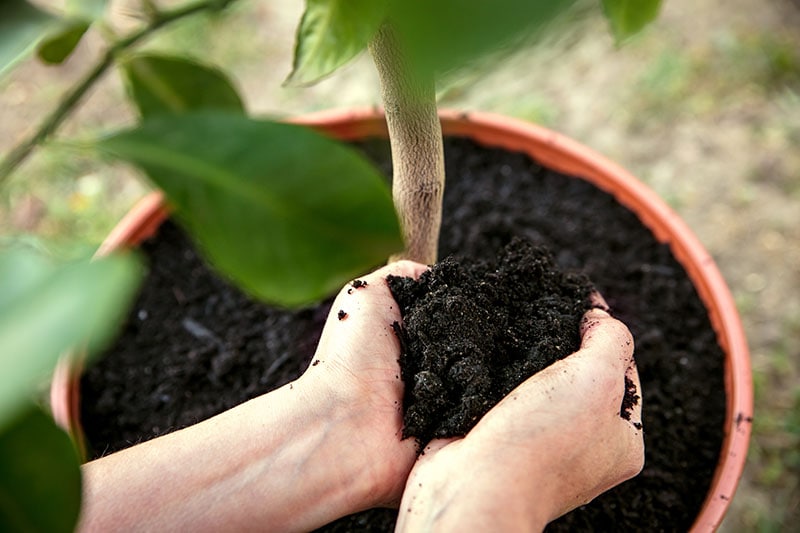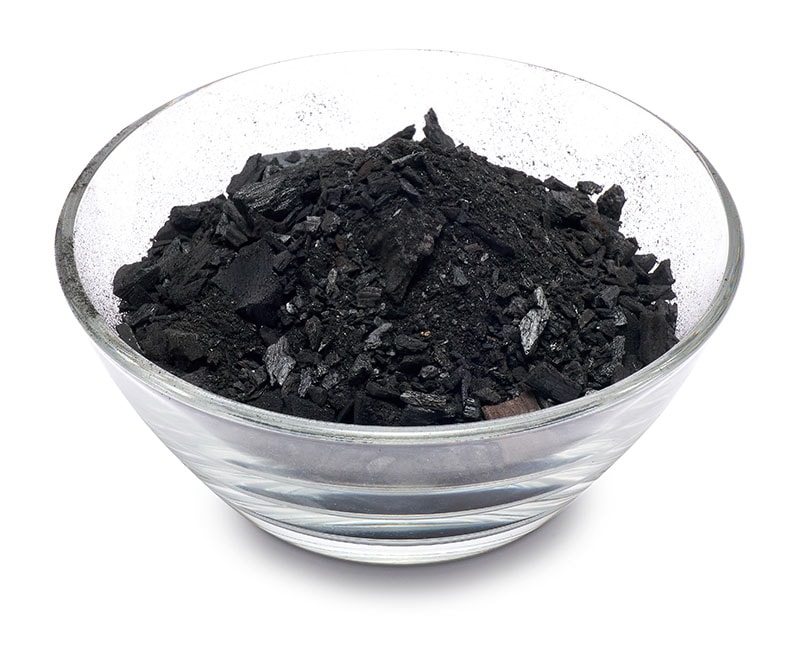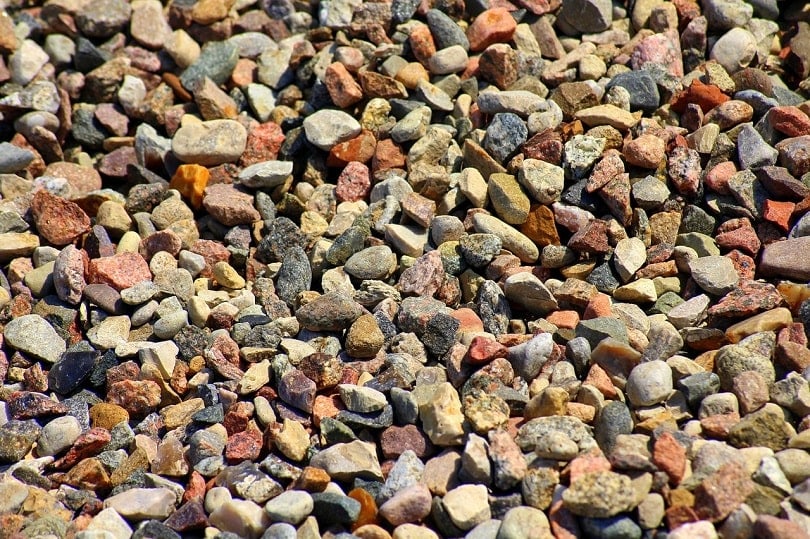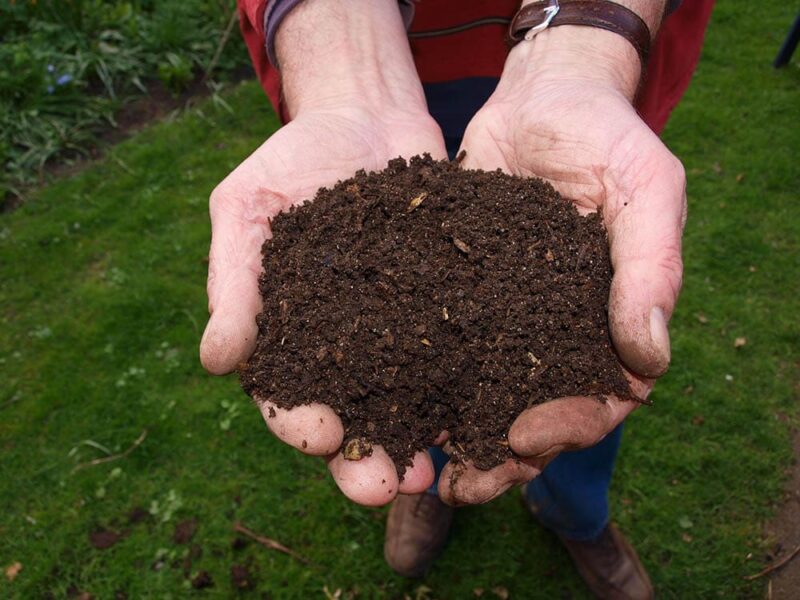How to Get Rid of Potting Soil Smells in 5 Steps
-
Ashley Bates
- Last updated:

All soil has an odor, but it shouldn’t smell bad unless something is off. However, sometimes you might want a refresher for your potted plants, as things can start smelling stagnant or just flat-out unpleasant.
There are ways to spruce up the soil in your potted plants to make the smell tolerable. Here are a few ideas to get you started.
The 5 Steps to Get Rid of Potting Soil Smell
1. Add Activated Charcoal

Activated charcoal uses carbon to trap ammonia and sulfur through a process known as absorption. Once these components are contained, you will notice the odor much less, but there is still more to do.
Once the smell is gone, it can come back within a few weeks, but there are other methods to prevent the odors from returning.
2. Remove Dead Roots
Poor drainage is a major cause of unpleasant potting soil smells. Dead roots left in the soil can cause a lack of proper oxygen flow. With stagnancy, dead roots can prevent the appropriate airflow, leading to a build-up of gases that create a less-than-pleasurable aroma.
So, try removing all of the dead roots that no longer serve your plant a purpose.
3. Remove Rocks

Take a rake or plant-safe shovel and gently remove the first 2 inches of soil, but be mindful of roots. Remove any rocks or pebbles therein, replacing any space lost with fresh potting soil or compost.
4. Add Soil Amendments
Elements like perlite and vermiculite create proper aeration in the soil. They reduce odors and provide fantastic oxygen flow. Perlite gives the soil a very porous characteristic. It will not hold water like vermiculite. On the other hand, vermiculite holds moisture and nutrients, releasing them slowly into the roots.
Since they both have a similar goal, you can use them together in the soil to create a lasting foundation for great-smelling soil. Both components are sterile and odorless, with no ability to decompose.
5. Add Compost

Compost is another critical factor in creating nutrient-rich soil without odors. It changes the soil structure and makes it less likely to erode. It is full of natural organic bacteria and living organisms that enrich the health of your soil.
Compost also encourages healthy root systems to develop. Also, just a 5% increase in organic matter like compost in the soil quadruples water holding capacity.
Compost is full of macro and micronutrients that fertilize the soil naturally. It naturally brings pH levels to an optimum level, neutralizing acidic and alkaline PH in the soil.
Potting Soil and Why It Smells
Regular potting soil should be earthy, sporting the smell that so many gardeners enjoy. Up close, it should smell similar to the earth after a good rain. Fresh, healthy soil shouldn’t contain any foul odors.
When potting soil starts to smell a little rancid, it can come from a few different factors. It’s typically easily corrected, permitting it’s done quickly enough. If there is lousy drainage and a lack of oxygen in the soil, it can cause anaerobic decomposition.
When the organic matter starts to decompose, it can release gases such as ammonia and sulfur. These components can produce egg-like smells. You can fix smelly soils by adding amendments that neutralize the odor.
When to Repot Plants
If you have tried all you can to reduce smells and are unsuccessful, try repotting your plant entirely. Sometimes, having a fresh layer of soil can reset everything back to how it should be. This isn’t always necessary, but it can be very beneficial.
Conclusion
Foul-smelling soil is often a problem that’s easily corrected, and our simple steps will help you remove abnormal smells from your soil. These methods work together to create proper oxygen flow, nutrient levels, and microscopic organism growth to create an odor-free environment.
Featured Image Credit: Miriam Doerr Martin Frommherz, Shutterstock
Contents
